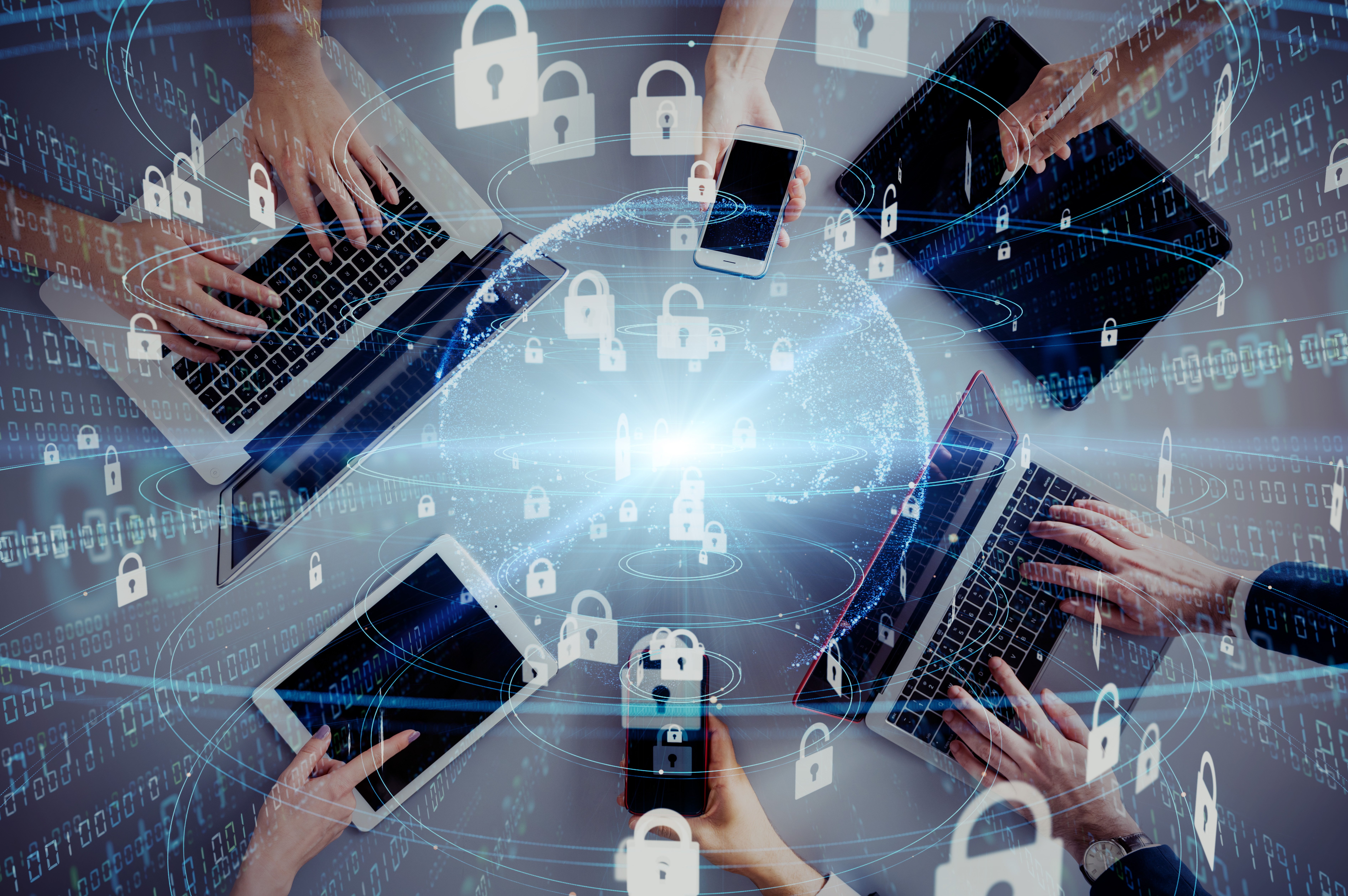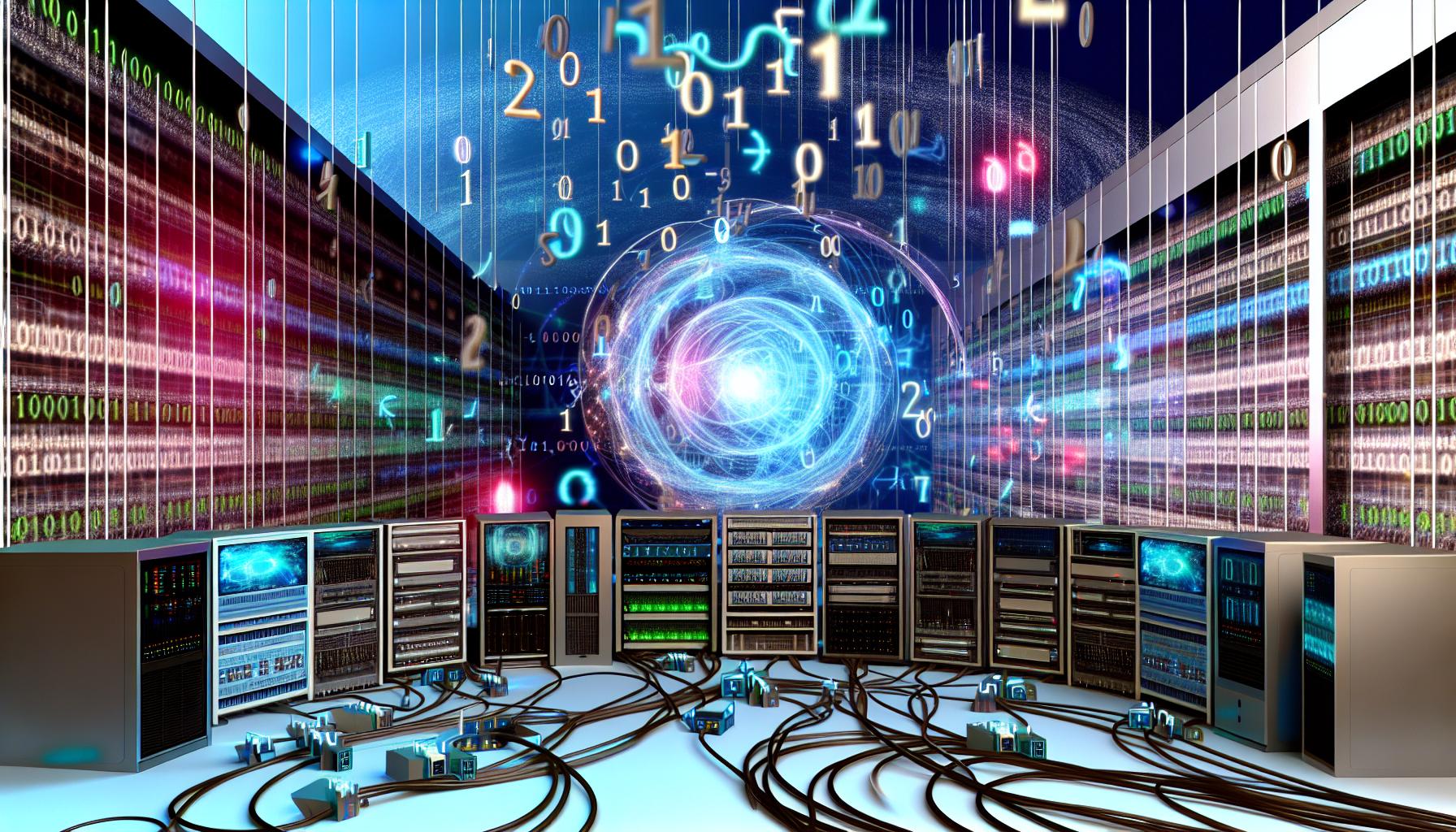3 min read
Safeguarding Your Digital Assets : Strategies for Effective Cybersecurity
With the increasing frequency and sophistication of cyber threats, protecting your digital assets and sensitive information is more important than...
2 min read
 The Amazing Team at Force One
:
Mar 22, 2024 11:25:13 AM
The Amazing Team at Force One
:
Mar 22, 2024 11:25:13 AM
In the high-stakes world of cybersecurity, a single breach can spell disaster. Just ask any of the high-profile victims of recent years. The story of a major corporation losing sensitive data to hackers isn't just a cautionary tale; it's a wake-up call to the importance of safeguarding network availability and integrity.
Identity Verification: At its core, identity verification is about ensuring that the entities requesting access to a system are who they claim to be. This goes beyond mere usernames and passwords; it encompasses a range of techniques from biometric verification to behavioral analytics.
The Facebook-Cambridge Analytica data scandal, for instance, highlighted the consequences of inadequate identity verification processes, leading to unauthorized data access and misuse on an unprecedented scale. The fallout prompted a reevaluation of authentication measures across the digital landscape, pushing for more stringent identity verification standards.
Access Control: Access control is the selective restriction of access to a place or other resource. Google, with its multifaceted infrastructure, implements sophisticated access control mechanisms to safeguard its data. Utilizing principles like least privilege and separation of duties, Google ensures that individuals have access only to the information and resources essential for their job roles, thus minimizing the potential damage from both external attacks and internal threats.
This approach underscores the principle that not everyone should have access to everything, a fundamental tenet of robust network security.
Multi-Factor Authentication (MFA): MFA enhances security by requiring two or more verification factors to gain access to a resource, making it significantly more difficult for unauthorized parties to breach systems.
Microsoft, recognizing the limitations of traditional password-based security, has been a proponent of MFA, integrating it across its products and services. By employing something the user knows (a password), something the user has (a mobile device), and something the user is (biometric verification), MFA creates a dynamic defense mechanism that adapts to evolving security threats.
Confidentiality: Confidentiality involves ensuring that information is accessible only to those who are authorized to see it. In the healthcare sector, for example, patient data is protected under laws like HIPAA in the United States, which mandates strict confidentiality measures to prevent unauthorized access to personal health information.
This highlights the critical nature of confidentiality in protecting sensitive information from exposure to unauthorized entities.
Integrity: Integrity ensures that information is accurate and untampered, maintaining its reliability and trustworthiness. Financial institutions, like banks, employ rigorous data integrity measures to prevent and detect unauthorized alterations to financial records, thus safeguarding against fraud and ensuring the fidelity of transactions.
Techniques such as cryptographic checksums and digital signatures are commonly used to verify data integrity.
Availability: Availability ensures that information and resources are accessible to authorized users when needed. High-profile DDoS (Distributed Denial of Service) attacks on major online platforms highlight the importance of maintaining availability. These attacks, which flood servers with superfluous requests to overload systems, can cripple an organization's operations.
Implementing robust network infrastructure, along with redundancy and failover systems, can help mitigate these risks, ensuring continuous availability even under adverse conditions.
Organizational Best Practices: Incorporating these security principles into organizational practices involves both technological solutions and a culture of security awareness. Regularly updating systems, enforcing strong password policies, and educating employees about phishing and other cyber threats are as crucial as implementing sophisticated security technologies.
For those looking to specialize in network security, participating in a comprehensive cybersecurity bootcamp can provide deep insights into these practices, equipping them with the skills needed to navigate the complex landscape of cybersecurity threats and defenses.
Also Read: If you're interested in more job tips and ways to advance your career in the cybersecurity field, check out more details at ForceOne Cybersecurity. Together, we can build a safer digital future.
FAQs:

3 min read
With the increasing frequency and sophistication of cyber threats, protecting your digital assets and sensitive information is more important than...

5 min read
Discover the Top Strategies to Protect Your IoT Devices from Cyber Threats and Breaches in the USA Enhancing IoT Device Security Measures Enhancing...

5 min read
Delve into the world of stellar data recovery and discover the intricate process of retrieving lost or corrupted data with precision and expertise.